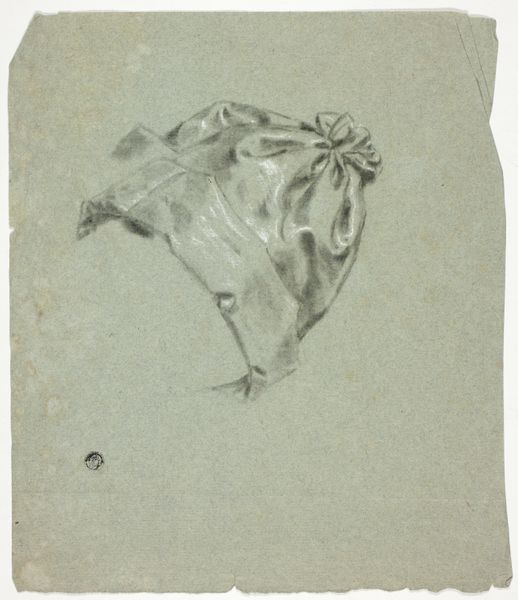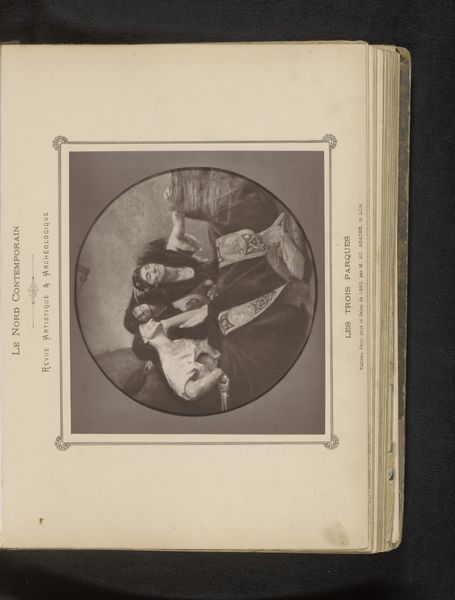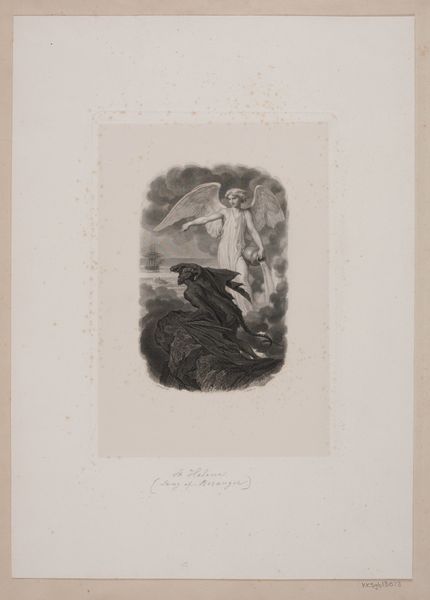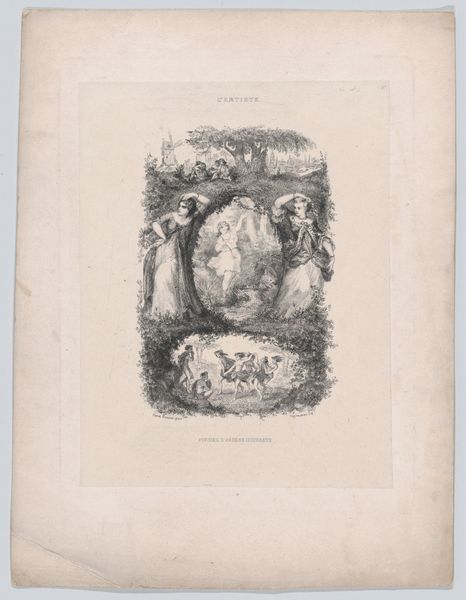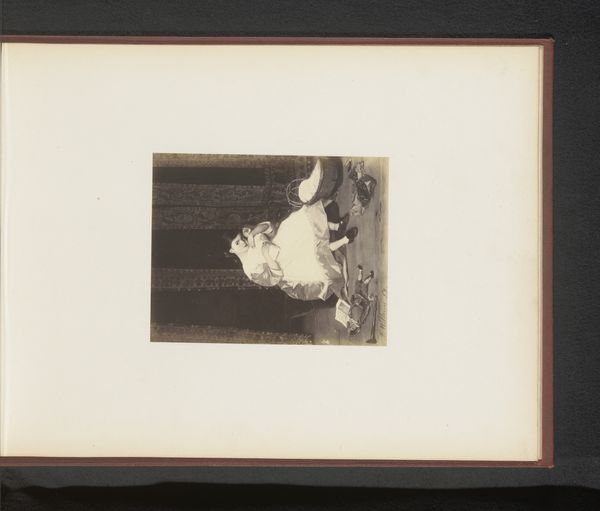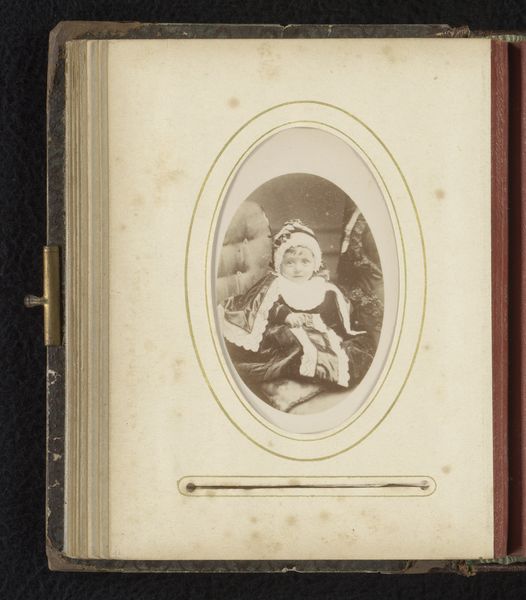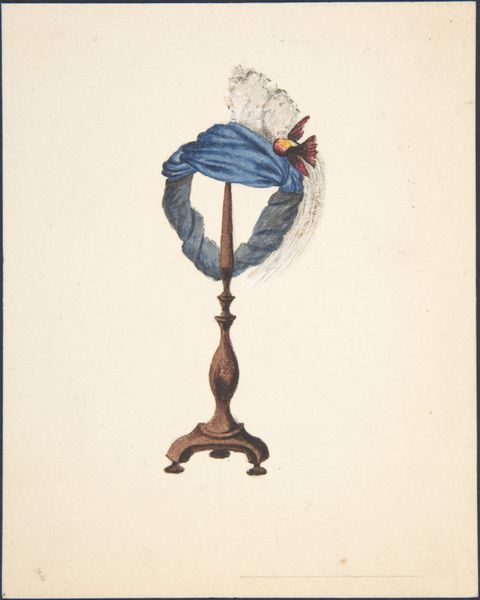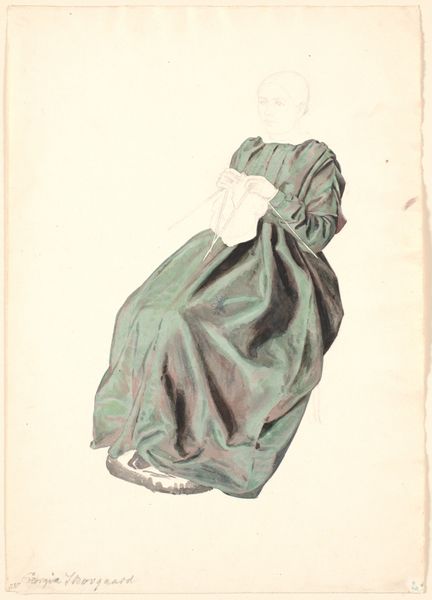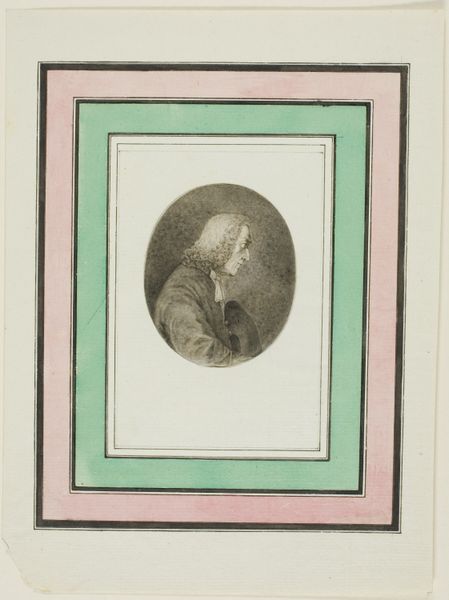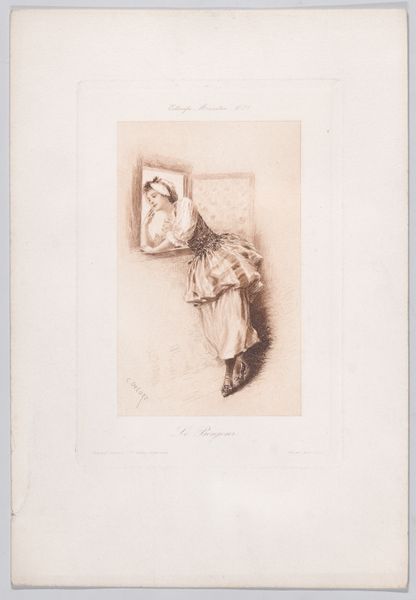![[Profile of a Woman with Necrosis of the Nose] by Louis-Auguste Bisson](/_next/image?url=https%3A%2F%2Fd2w8kbdekdi1gv.cloudfront.net%2FeyJidWNrZXQiOiAiYXJ0ZXJhLWltYWdlcy1idWNrZXQiLCAia2V5IjogImFydHdvcmtzLzcwNjY3MmRjLWZiYjktNDVkNS04Mzg4LTk1YThjNDQyMjA4NS83MDY2NzJkYy1mYmI5LTQ1ZDUtODM4OC05NWE4YzQ0MjIwODVfZnVsbC5qcGciLCAiZWRpdHMiOiB7InJlc2l6ZSI6IHsid2lkdGgiOiAxOTIwLCAiaGVpZ2h0IjogMTkyMCwgImZpdCI6ICJpbnNpZGUifX19&w=3840&q=75)
[Profile of a Woman with Necrosis of the Nose] 1841 - 1848
0:00
0:00
daguerreotype, photography
#
portrait
#
sculpture
#
daguerreotype
#
photography
#
profile
#
realism
Dimensions: Image: 4 9/16 × 3 1/8 in. (11.6 × 7.9 cm) Plate: 7 3/16 × 5 7/8 in. (18.3 × 14.9 cm)
Copyright: Public Domain
Editor: Here we have "Profile of a Woman with Necrosis of the Nose," a daguerreotype made sometime between 1841 and 1848 by Louis-Auguste Bisson. It's a rather unsettling image, isn't it? How would you interpret this work from a formalist perspective? Curator: Indeed. Let's put aside any socio-historical considerations and examine solely the aesthetic elements. Observe how the photographer has meticulously framed the subject’s profile within an oval, isolating her from any extraneous background details. What effect do you believe this oval frame achieves? Editor: I think it draws your eye immediately to the subject and that sharp profile. The use of the oval feels classic, almost like a cameo. Curator: Precisely. Furthermore, analyze the interplay of light and shadow across her face and headdress. Notice how the stark contrasts emphasize the texture and volume. This manipulation of chiaroscuro enhances the sculptural quality, giving the image a three-dimensional feel despite the two-dimensional surface. Are there other aspects of its formal qualities that stand out? Editor: The stillness is remarkable. Considering it's a daguerreotype, there must have been a long exposure time. Also, it's impossible to ignore the area of necrosis on her nose, but do formalists consider such content relevant if we’re meant to only study compositional components? Curator: The content does become another form. While avoiding overt biographical interpretation, a formalist reading may explore the compositional effect of this damaged area. The blemish and the darkness draw the viewer’s attention. Does this intentional juxtaposition change how we respond to the portrait? The imperfection invites contemplation of mortality and representation itself, no? Editor: I see your point. Focusing on formal components really pushes you to consider the choices of the photographer to build this unsettling, yet artistically potent image. Curator: Indeed. By restricting our interpretation to the visual elements, we unravel a deeper understanding of its intrinsic artistic power and purpose.
Comments
No comments
Be the first to comment and join the conversation on the ultimate creative platform.


